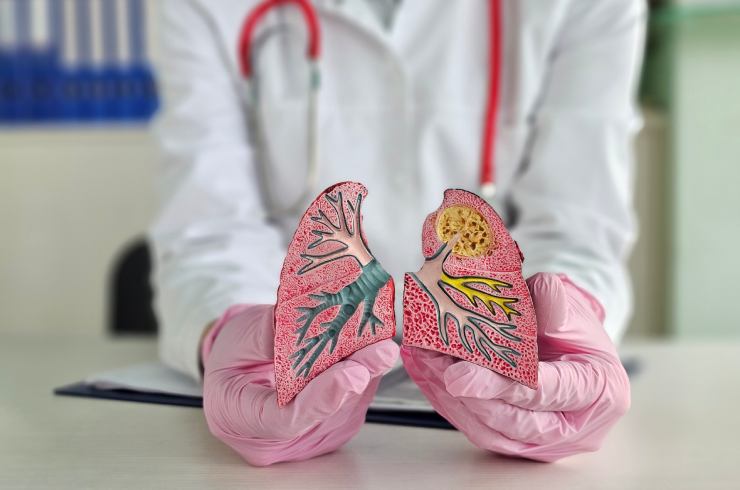Emphysema

Understanding Emphysema: Protecting Your Breath, One Step at a Time
Emphysema is a chronic lung condition and a type of COPD (Chronic Obstructive Pulmonary Disease) that damages the tiny air sacs in your lungs called alveoli. These air sacs are responsible for moving oxygen into your bloodstream. In emphysema, the walls between the alveoli break down, reducing the surface area for oxygen exchange—making it harder for you to breathe.
What Causes Emphysema?
The most common cause is long-term smoking. Other factors include:
Long-term exposure to air pollution or workplace chemicals
Frequent lung infections
A rare genetic condition called alpha-1 antitrypsin deficiency
Signs and Symptoms:
Shortness of breath, especially during activity
Chronic cough (with or without mucus)
Feeling tired or unable to exercise
Wheezing or tightness in the chest
Increased respiratory infections
Symptoms may appear gradually, but they tend to worsen over time if left untreated.
Why It Matters:
Emphysema causes permanent lung damage and makes the lungs less elastic, trapping air and making it harder to exhale. As a result, you may feel constantly breathless—even at rest.
How Emphysema is Managed:
There’s no cure, but early intervention can significantly improve comfort and slow the progression. Treatment options include:
Bronchodilators (inhalers) to open up airways
Steroids to reduce lung inflammation
Pulmonary rehabilitation to improve lung function through guided exercises
Oxygen therapy in advanced stages
Smoking cessation – the most important step

